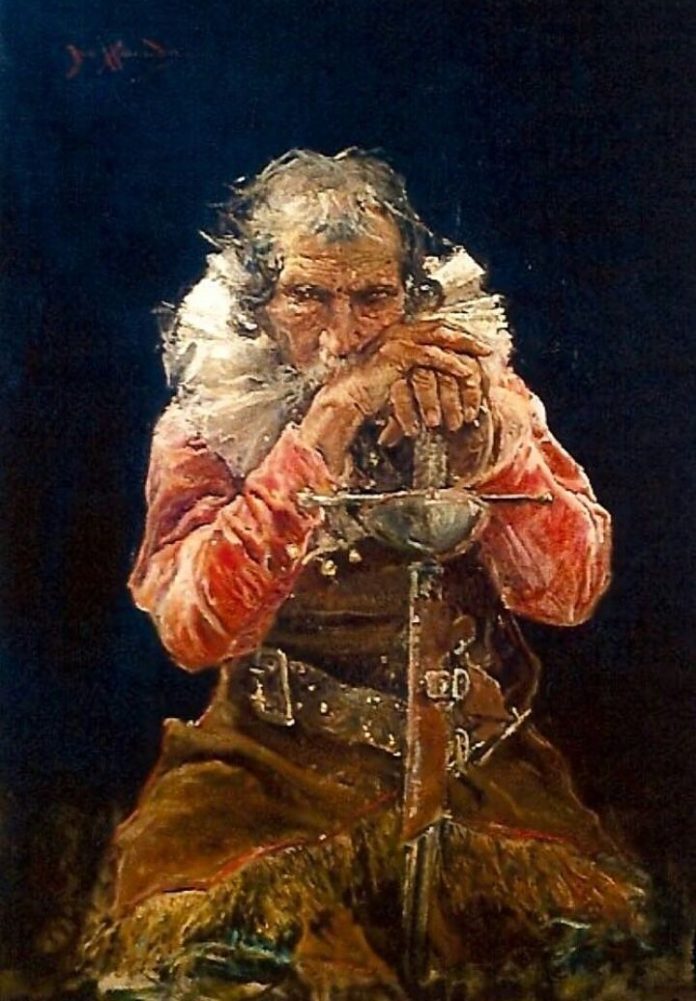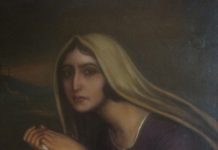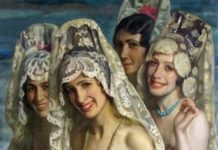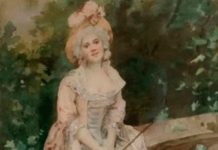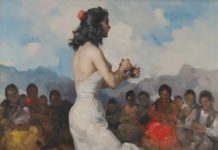Daniel Hernández Morillo, was born in the region of Huancavelica, in the district of Salcabamba in the province of Tayacaja, on August 1, 1856, son of the Spanish Don Leocadio Hernández, and of the Peruvian Doña Basilia Morillo.
He arrived in Lima at the age of 4, beginning his artistic education at 14 in the workshop of Leonardo Barbieri located on San Pedro street in Lima and whose classes he assumed when the teacher returned to his homeland. Of this time is his work The Death of Socrates (1872), which earned him recognition by the government of Manuel Pardo, obtaining a scholarship to Europe and a commitment of subsidy that was not fulfilled in full upon arrival from his trip in the first months of 1874.
During his stay he visits his compatriot Ignacio Merino in Paris, who advises him to move to Rome; He stayed in Italy for ten years, learning from the Spanish painter Mariano Fortuny, and in 1883 he returned to Paris, where he achieved, through his own merits, the President of the Society of Spanish Painters living in the city, linking up with other artists such as Francisco Pradilla and José Villegas Cordero. and he was a member of the Society of French Artists, exhibiting in the Annual Salon of the Society of French Artists, of difficult and rigorous access for his severe academic dogma; he had a broad and triumphant reception in the seven years that was presented, considered “fors concours” (“substantial competition”) of the Parisian salons. For his famous painting La Perezosa, he was awarded the Second Medal at the Paris Salon, 1899. At the Universal Exhibition in Paris, on the occasion of the change to the 20th century in 1900, he was awarded a Gold Medal for his Amor Cruel painting, and La Perezosa earned him the Decoration of the Legion of Honor in 1901. Since then Hernández was declared HC Honoris Causa, in all the salons.
He also obtained the Painting Prize at the Ibero-American Exhibition in Seville with the work Francisco Pizarro. In 1912 he travels to Montevideo, Buenos Aires and Rome, to exhibit his works. He returned to Paris where he lived until 1918. Around the same time, his brother Inocencio, who was much younger, became one of the most outstanding preachers of the Order of the Dominicans in Peru, which in turn with the call that this extraordinary painter receives from President José Pardo to assume the direction of the National School of Fine Arts of Lima, in which he contributed to the formation of new Peruvian artists, until the year of his death in Lima in 1932 .
Source: Wikipedia


